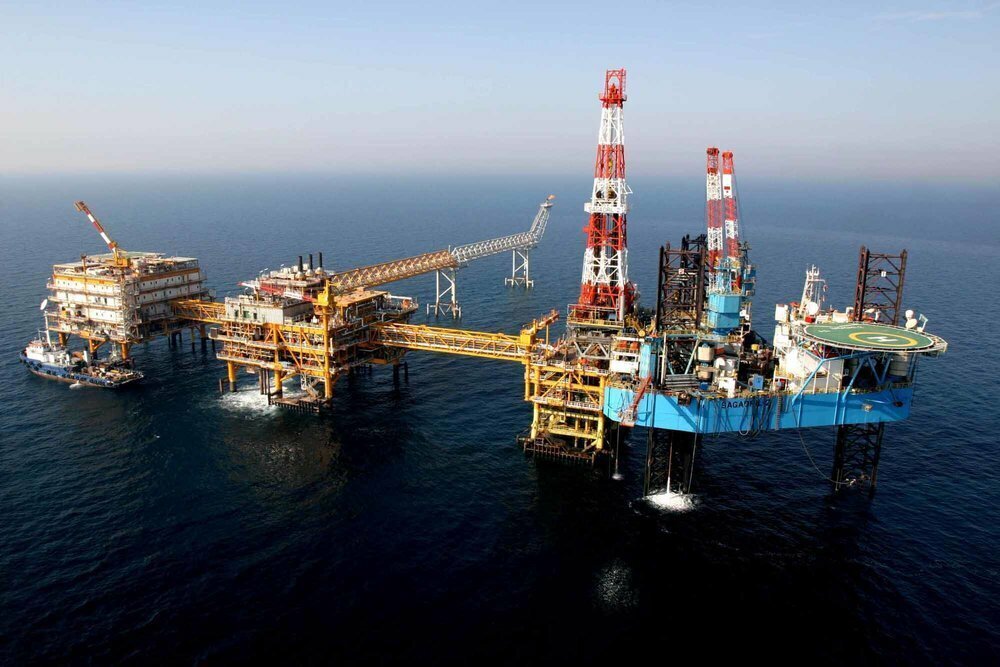Output maintenance crisis: alarm bells ringing for world's top gas reserve

TEHRAN – Holding nearly 18 percent of the global gas reserves, Iran is one of the most hydrocarbon-rich areas in the world, and the country’s giant South Pars gas field (which Iran shares with Qatar in the Persian Gulf) is by far the world's largest natural gas field.
South Pars covers an area of 9,700 square kilometers, 3,700 square kilometers of which are in Iran’s territorial waters and the remaining 6,000 square kilometers, called North Dome, are situated in the Arab country’s territorial waters.
Although until recently the Islamic Republic was mostly focused on the development of its oil reserves, considering the global shift toward natural gas and the significant rise in the domestic demand, the government started following a new strategy to develop both sectors alongside each other.
As the crown jewel of Iran’s gas industry, the South Pars gas field became the focal point of the Oil Ministry’s gas industry development programs, and over two decades after the beginning of the field’s development, it has nearly reached its full potential.
However, considering the ever-increasing domestic demand and the natural downward trend of the field’s recovery factor, the new issue that is coming under the spotlight is the maintenance of gas production and the need for new technologies and investment to do so.
The field’s current condition
According to Mohammad Meshkinfam, the managing director of Pars Oil and Gas Company (POGC), which is in charge of developing the field, South Pars currently supplies about 70 percent of Iran’s gas consumption basket.
Over 37 platforms, 340 wells, and 200 kilometers of pipelines have been constructed in the field’s offshore section and the field’s average daily production currently stands at about 700 mcm.
“Some 700 million cubic meters of gas is produced daily from South Pars while 252 million cubic meters is extracted from other fields and 70 million cubic meters from associated gases,” Meshkinfam has said describing the country’s gas production status.
“So far 15 percent (or 62 trillion cubic feet) of the field’s gas reserves have been extracted and with the existing facilities at South Pars we can only extract 50 percent (or 210 trillion cubic feet) of the field’s total accessible reserves” he noted.
Due to the natural decrease in the pressure of the South Pars field gas reservoir following its production over the last 20 years, the production rate of this reservoir will inevitably decline in the coming years.
Production outlook and need for investment
According to Meshkinfam, Iran’s giant gas field is currently at the peak of its production and from now on, the field’s output will decline significantly every year if no preventative measure is taken.
“Gas production from South Pars has currently reached peak capacity, but for the next four years or so, production will decline by as much as [the capacity of] one phase of South Pars (about 56 million cubic meters) every year,” Meshkinfam said.
According to the official, proper planning must be made in order to maintain the field’s production level in the future.
He noted that maintaining the country’s gas production requires implementing two strategies, one is to maintain production from South Pars and the other development of other gas fields.
NIOC Head Mohsen Khojasteh Mehr has also pointed to the need for investment to pursue the development goals in the oil and gas industry, saying: "$65 billion to $89 billion is needed to implement the country’s onshore and offshore oil and gas development projects."
According to Khojasteh Mehr, so far $80 billion has been invested for the development of South Pars, and $8.5 billion is also expected to be invested for the development of phase 11 of the field and completing the onshore sections of phases 13, 14, and 22-24.
The NIOC head has said that the various scenarios have been designed for maintaining the country’s gas production.
Increasing the production of 10 gas fields in the central oil regions of Iran, development of Kish gas field and its transmission pipeline, development of North Pars gas field, development of South Pars phase 11, developing Farzad A and B gas fields, are among the oil ministry’s plans for maintaining the country’s natural gas output which in total will add 366 million cubic meters per day to the country's gas production.
Realization of the mentioned projects requires over $54 billion of investment, and if not implemented, Iran will become a gas importer over the next few years, he stressed.
EF/MA
